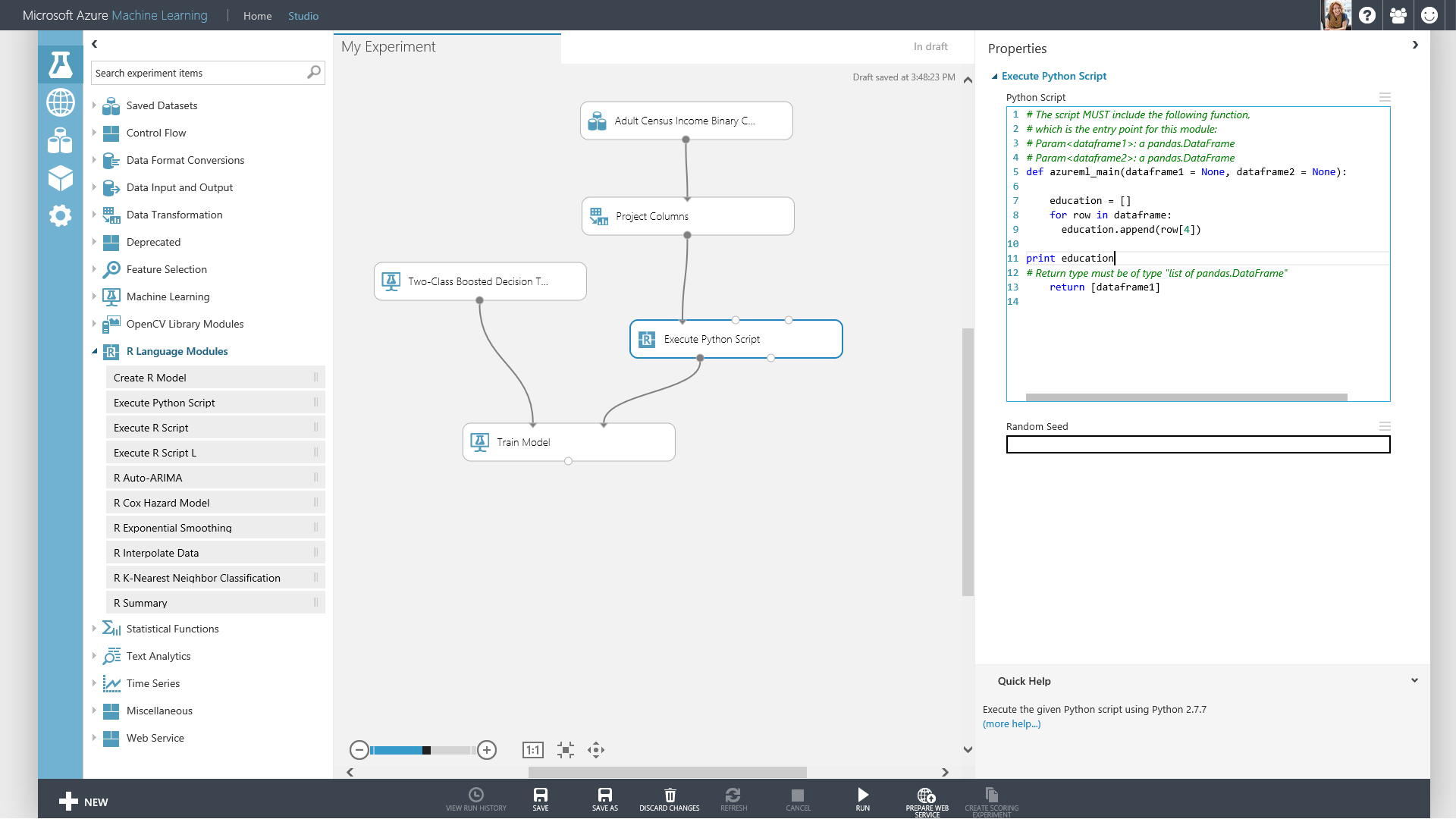At its //Build conference, Microsoft advanced its IoT offerings by launching two new offerings to enable customers to manage their IoT deployments more easily, and give developers, IT managers and OT operators with the tools to ease management of their IoT deployments.
The Azure IoT Hub device management and the Azure IoT Gateway SDK enable IoT solutions typically comprised of many types of devices with different software, firmware, connectivity and security capabilities. For many businesses, it’s already challenging to keep the software, firmware and configuration of new devices up to date—an issue that is often compounded as IoT devices are geographically dispersed.
In addition, many businesses now need to connect older or “legacy” devices they invested in years ago, some of which are innot capable of communicating directly to the cloud and need require an intermediate device to help.
Azure IoT Hub scales to manage millions of devices supporting the LWM2M protocol, a standard from the Open Mobile Alliance (OMA) for IoT device management. In collaboration with the Eclipse Foundation and other members of the open source community, Microsoft will contribute to the growing number of developers and device makers leveraging LWM2M for device management of IoT devices.
Azure IoT Hub device management is currently being used by early adopters to enable a simplified cloud programming model for IoT solutions through new service side APIs, including Device Registry Manager API that offers a device object for working with IoT devices in the cloud solution. Through this device object, the cloud solution can interact with device and service properties. Devices use these properties properties are used by the device forto configure configuration or or to inform the IoT solution of the device state.
Other APIsS include Device Groups API that works with the fleet of devices in groups and controls access in a way that maps to solution topology; Device Queries API that finds devices in the IoT solution based on tags, device, or service properties; Device Models API that defines the information model for the devices and entities in the IoT solution; and Device Jobs API that runs and monitors simultaneous device orchestrations on the global fleet of devices across a heterogeneous device population.
With latest device management capabilities in Azure IoT Hub, administrators can enroll, view status and health, organize, control access, and update the software, firmware and configurations of millions of geographically dispersed IoT devices. By leveraging device management capabilities in Azure IoT Hub, customers can realize achieve significant time and resource savings by removing the burden of developing and maintaining custom device management solutions.
The Azure IoT Gateway SDK enables developers and ISVs to build and deploy modules for edge intelligence, giving them the ability to optimize and process data before being sent to the cloud. It also enables them to connect legacy devices to the Azure cloud without having to replace existing infrastructure. The Azure IoT Gateway SDK achieves this by providing source code that takes care of much of the necessary busy work required for the development of a gateway application, including dynamic module loading, configuration, and data pipelining.
In case, users need to connect legacy devices to Azure IoT Hub and manage those devices from the cloud through the gateway, or provide edge intelligence capabilities such as encryption, annotation, preprocessing, filtering, or any other logic to be executed prior to sending data to the cloud. This has multiple advantages to the business, including enabling real time-sensitive edge logic to minimize latency, reducing bandwidth costs by processing selected data locally, and helping to enforce security and privacy constraints.
With the Microsoft Azure IoT Suite, users can monitor assets to improve efficiencies, drive operational performance to enable innovation, and use advanced data analytics to transform business with new business models and revenue streams. The company undertakes that small changes can have a big impact on an enterprise’s bottom line. When adopting the Microsoft Cloud Platform, users can use the Azure IoT Suite to move faster, do more, save money, and capture the benefits of the Internet of Things for the business.
Accompanied by the Azure IoT Suite, users can get started and scale their IoT project to business needs. With global availability of the Microsoft Cloud Platform, clients can be confident that the Azure IoT Suite will meet their needs—no matter the size or location of IoT project.
The Azure IoT Suite enables customers to analyze and mine disparate data to create new insights and even predict future outcomes. Now users can analyze data that has been acquired over a long period of time to find patterns and correlations to uncover trends that offer new insights about how the products are used or how they behave under certain conditions.




